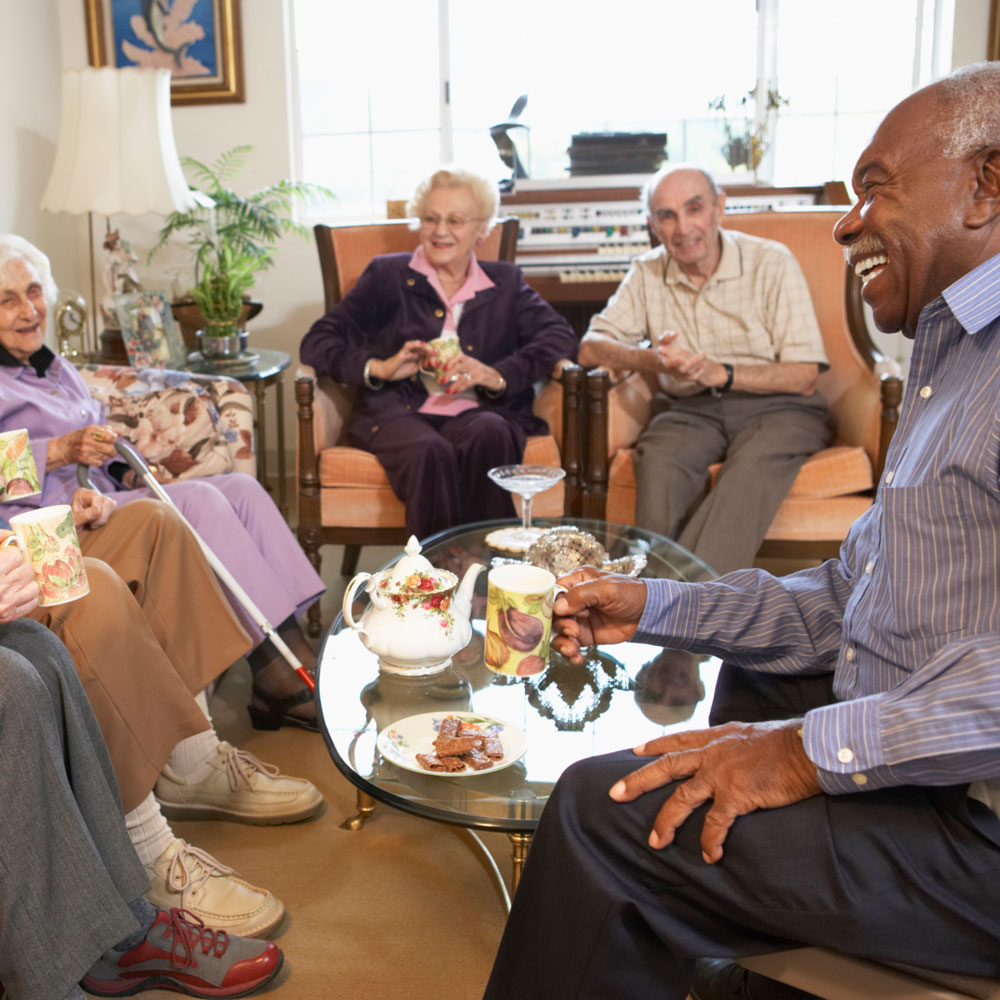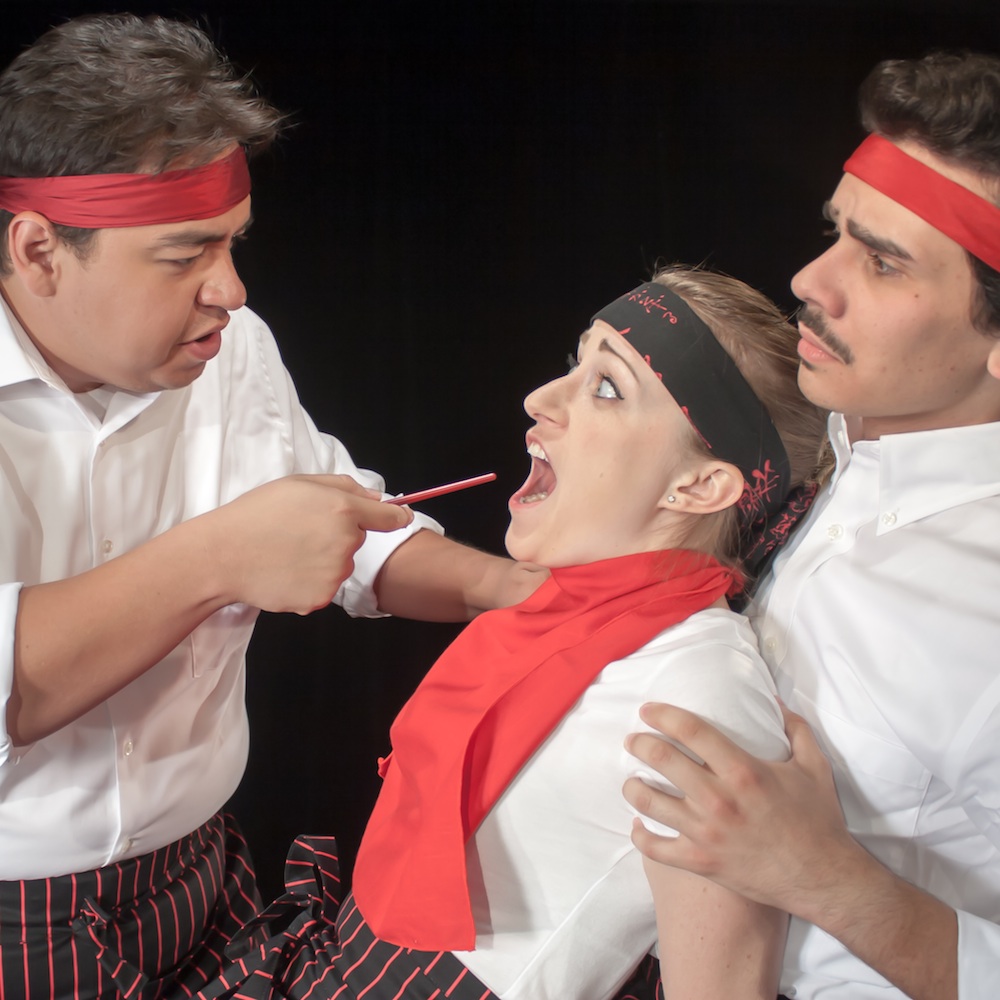The University of Florida received $706.8 million in research awards last year, surpassing the previous record set in fiscal year 2014 by $5.1 million.
Among the highlights of the 2015 fiscal year, which ended June 30, was a record $102 million in funding from industry, a 41 percent increase over 2014.
“The success of our relationships with industry last year are a testament to our researchers’ ability to move new discoveries from conceptualization to commercialization,” said David Norton, UF’s vice president for research. “Leading engineering, health and agricultural companies know UF can help them advance the science of their industries more effectively.”
Funding from the federal government topped $432 million in 2015, led by the National Institutes of Health, with $152 million, up 7 percent over 2014, and the National Science Foundation, also up 7 percent to $47 million. State of Florida and local government agencies provided another $46.9 million. Foundations and non-profits awarded $90.4 million.
The College of Medicine in Gainesville and Jacksonville brought in $268.3 million; the Institute of Food and Agricultural Sciences, or IFAS, received $125.8 million; the College of Engineering was at $79.7 million; and the College of Liberal Arts and Sciences received $34.8 million. The remaining colleges had a combined $198.2 million.
The new total marks a 32 percent increase in UF research awards since 2005-06.
Notable awards during the year included nearly $5 million in funding from the National Science Foundation and industry to create the Multi-functional Integrated System Technology, or MIST, Center in the College of Engineering to research the next generation of “smart” electronics. As a designated NSF Industry/University Cooperative Research Center, the MIST Center will receive over $880,000 from NSF and upwards of $4 million from industry and government partners to help power the “Internet of Things.”
The College of Engineering also received $2.7 million from the Defense Advanced Research Projects Agency, or DARPA, to test neural implants designed to offer more intuitive control of prosthetics on military veteran and civilian volunteers.
“This research will directly impact the quality of life for a number of our veterans,” engineering Dean Cammy Abernathy said, “and in doing so, we will further develop our faculty’s already outstanding work in neuroprosthetics. This kind of research exemplifies how UF works for the ‘Gator Good.’”
IFAS researchers were awarded more than $13.4 million for four studies to help fight citrus greening, the devastating disease that threatens Florida’s $10 billion citrus industry.
“UF/IFAS has more than 150 scientists working to find viable solutions for Florida citrus producers,” said Jack Payne, senior vice president for agriculture and natural resources. “These funds support research that has shown promise for both short- and long-term methods to fight greening. They are an investment in the future of the industry.”
The College of Medicine secured a total of $8.4 million in funding for hepatitis C research from seven pharmaceutical industry leaders—Janssen Pharmaceuticals, Gilead Sciences, Merck, Bristol Myers Squibb, Genentech, Glaxo Smithkline and Roche Molecular Systems. This funding is largely concentrated in support of the international HCV-TARGET project, which collaborates with multiple pharmaceutical companies and the FDA to gather data from thousands of hepatitis C patients as part of an ongoing effort to cure the liver disease.
“Leading liver doctors across the country have joined HCV-TARGET to study and navigate rapidly evolving treatment options for hepatitis C,” said medicine Professor David Nelson, UF’s principal investigator on HCV-TARGET. “We see a healthier future for patients battling this virus and formed HCV-TARGET to help guide the way.”
HCV-TARGET is led jointly by Nelson and Michael W. Fried, a professor of medicine at the University of North Carolina at Chapel Hill.
Global Impact
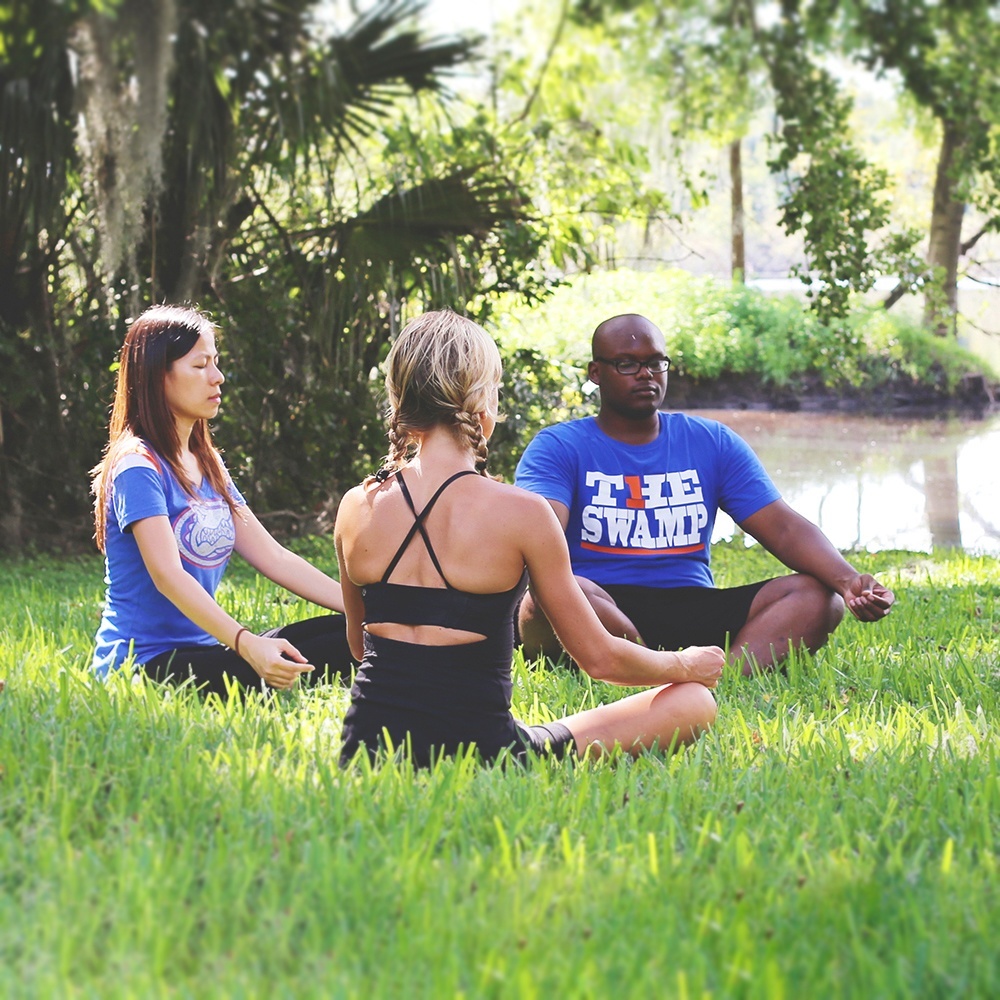
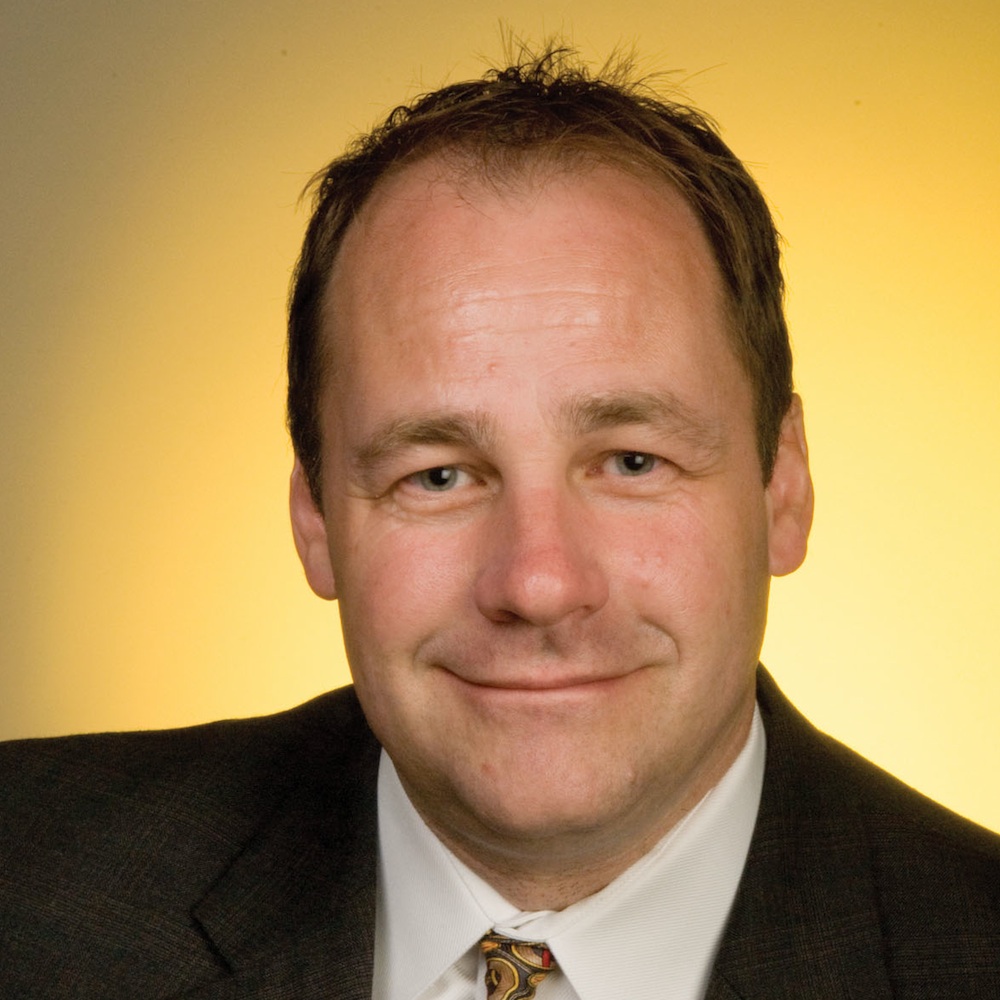

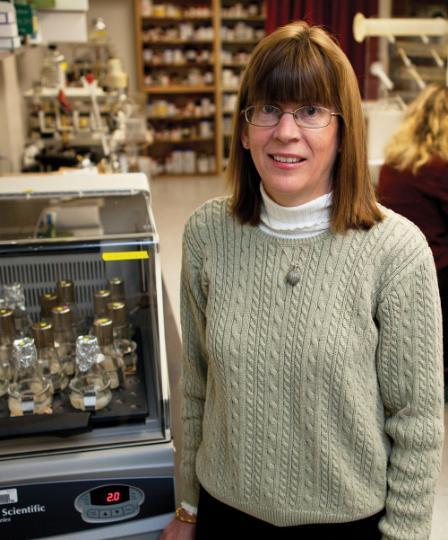




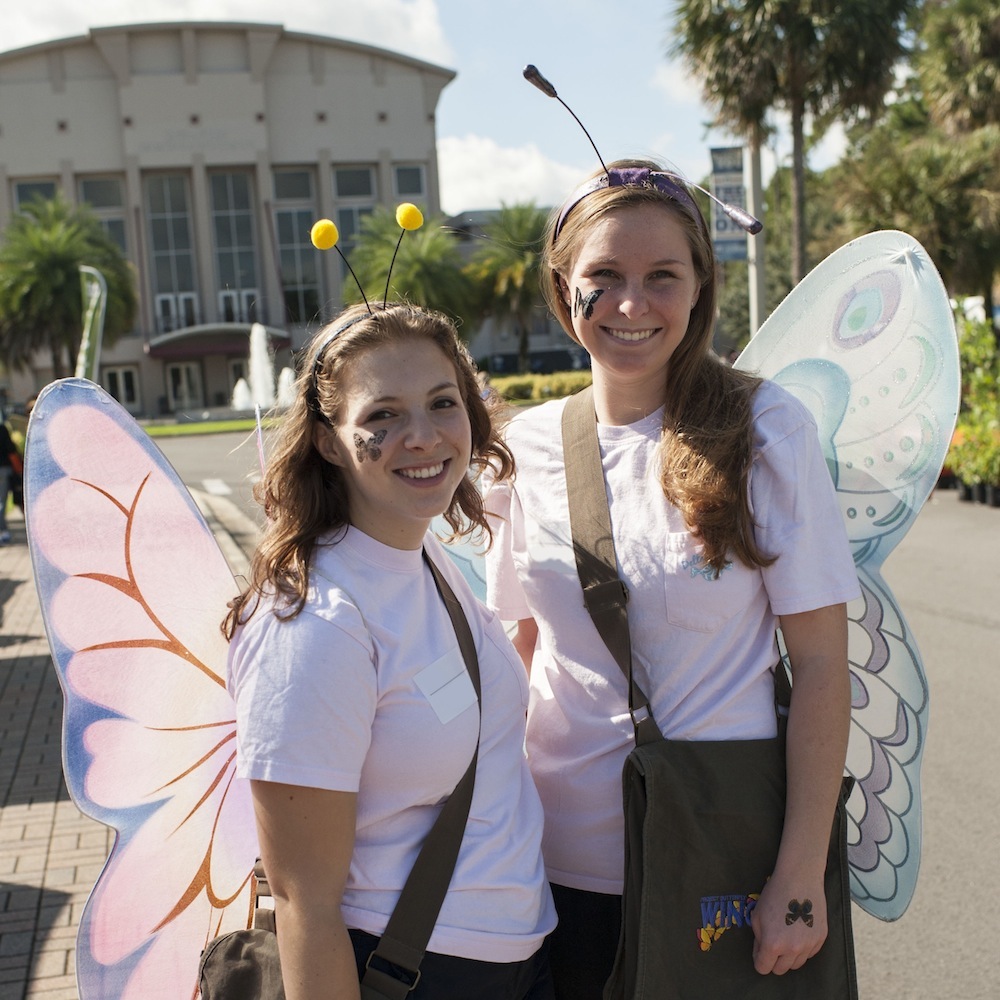
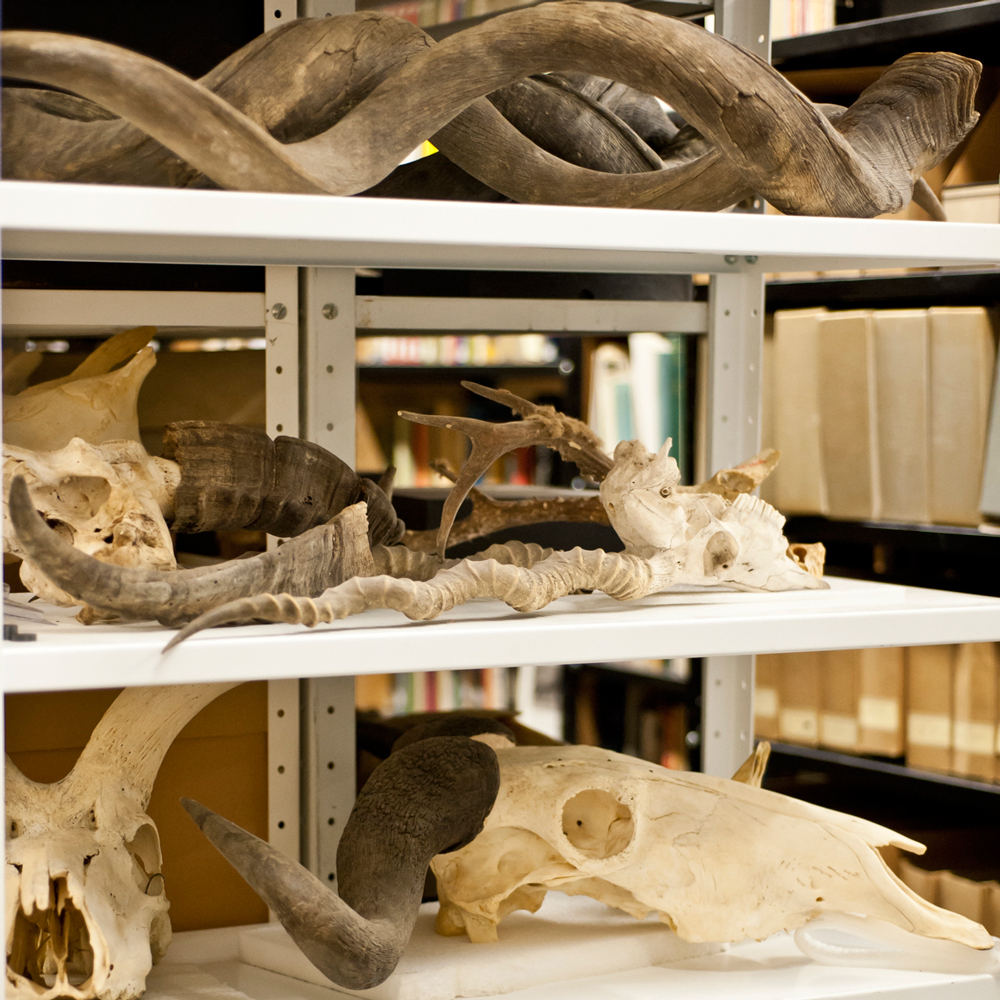


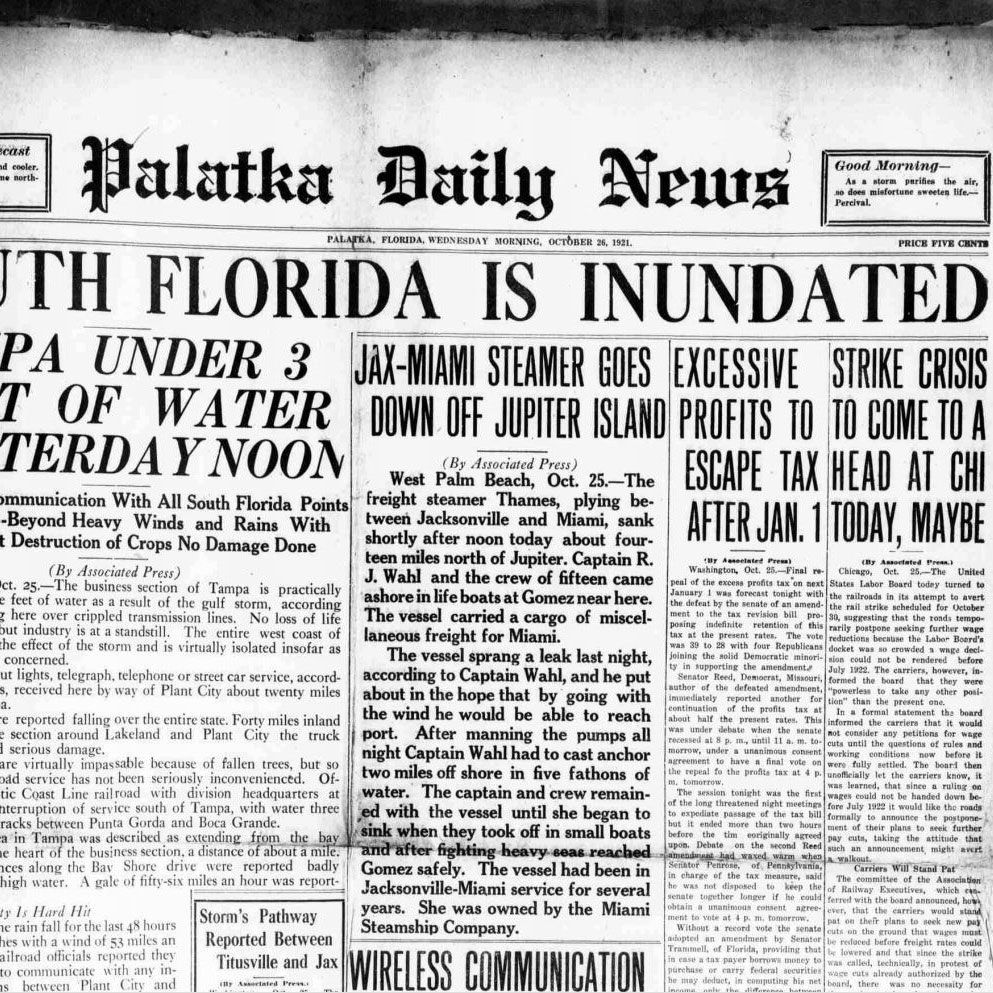
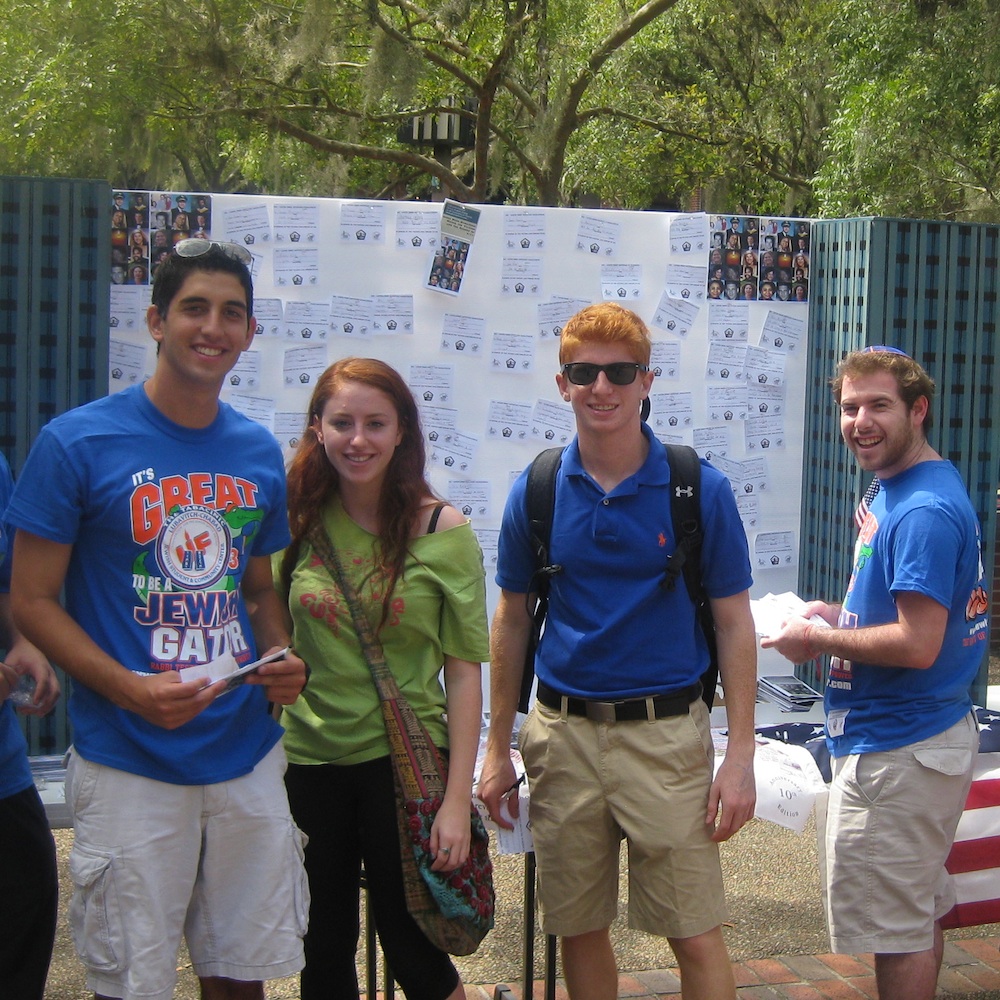

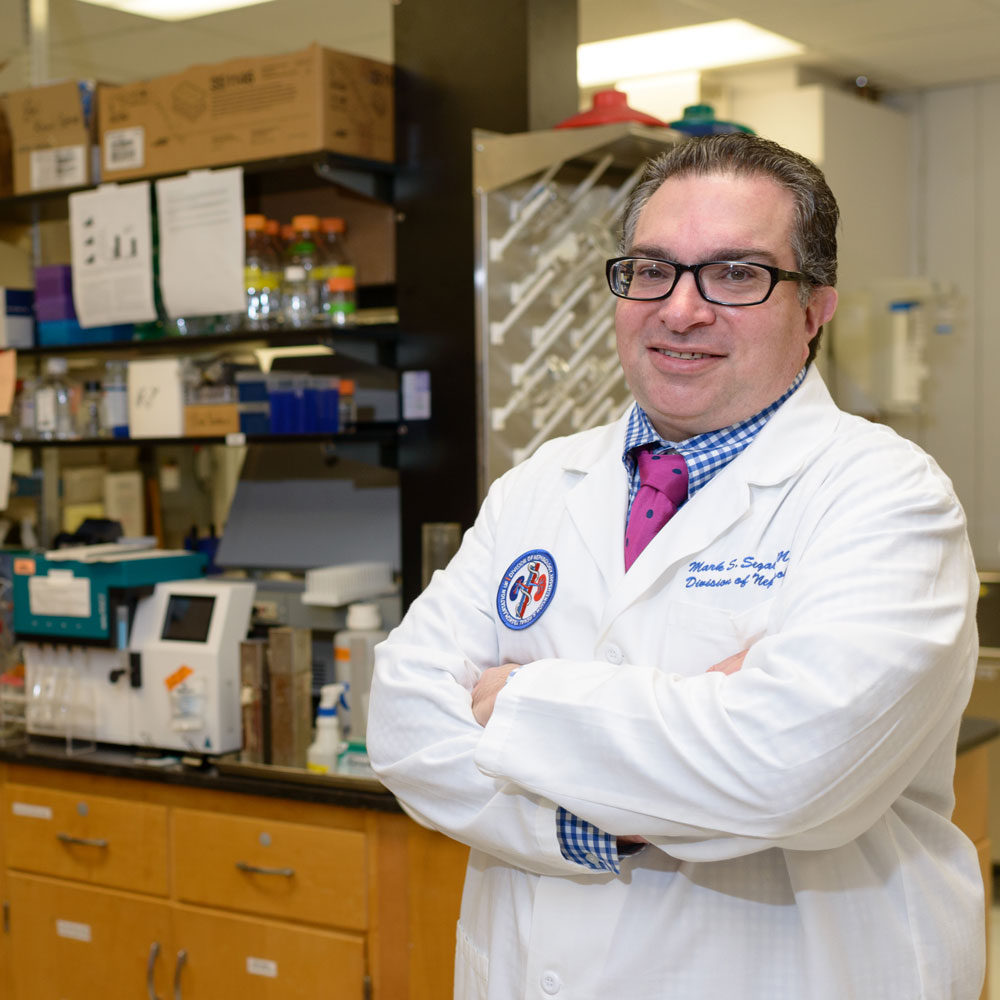

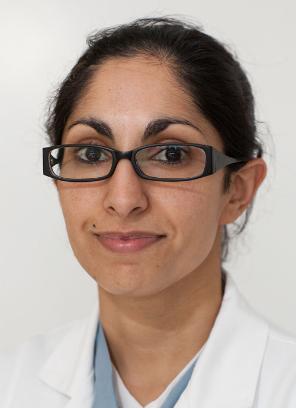 That doesn’t mean hospitals treat people differently based on their insurance status, said Maryam Rahman, M.D., an assistant professor in the UF College of Medicine’s department of neurosurgery and the study’s principal investigator. Rather, the difference in mortality rates and medical outcomes between Medicaid patients and those with private insurance may be influenced by what happens before they arrive at a hospital.
That doesn’t mean hospitals treat people differently based on their insurance status, said Maryam Rahman, M.D., an assistant professor in the UF College of Medicine’s department of neurosurgery and the study’s principal investigator. Rather, the difference in mortality rates and medical outcomes between Medicaid patients and those with private insurance may be influenced by what happens before they arrive at a hospital.

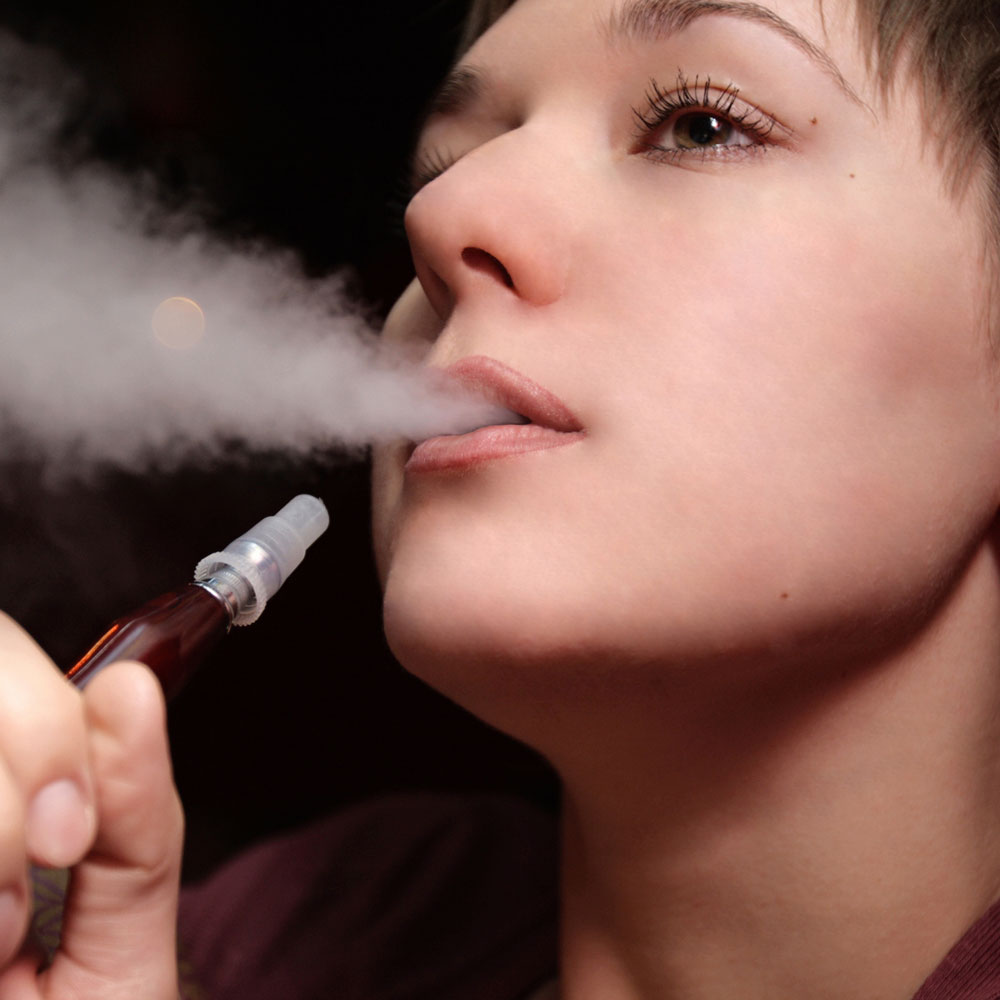


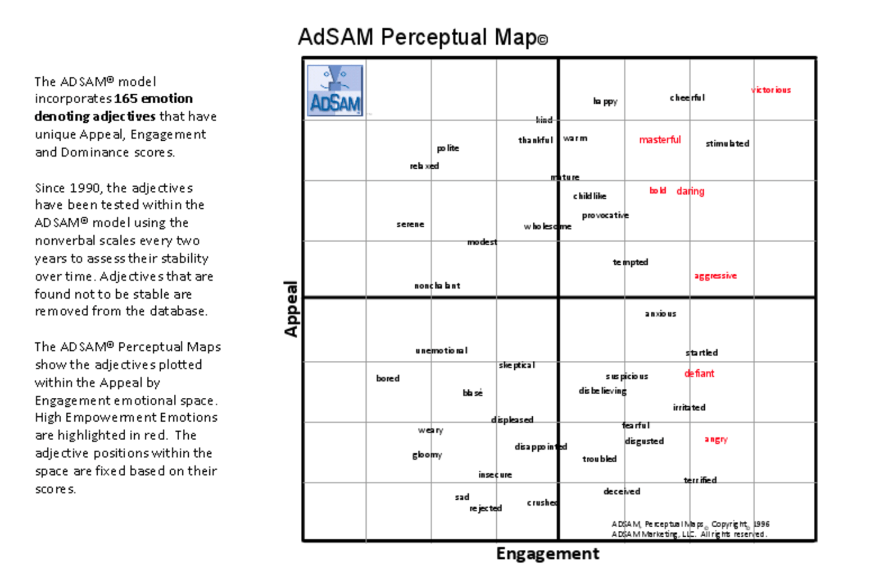

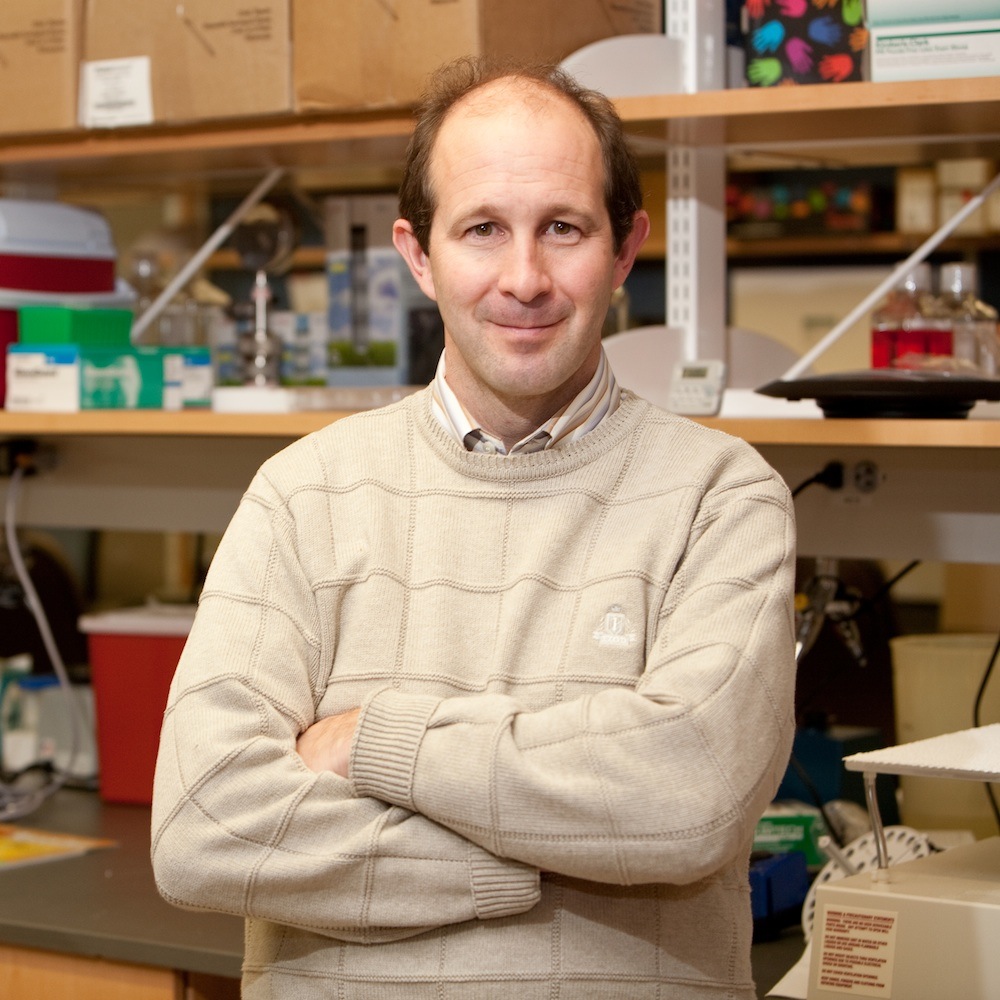


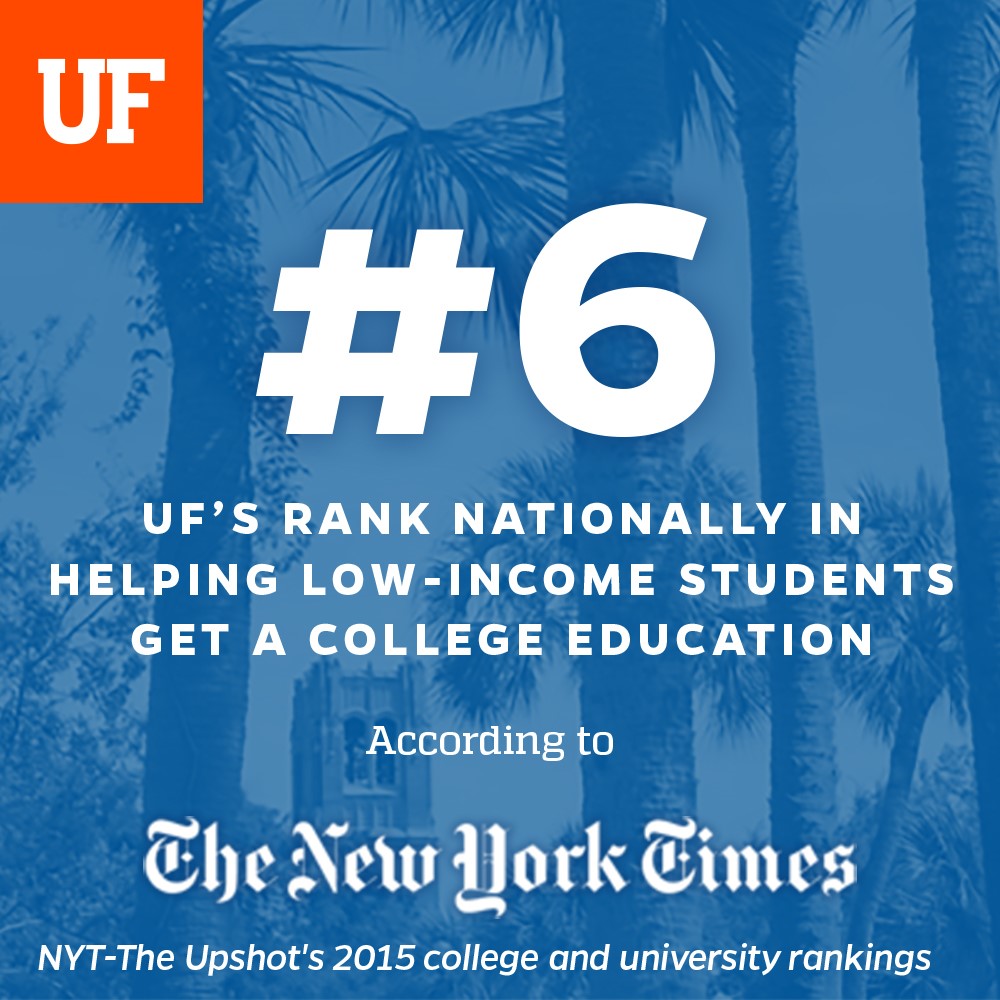

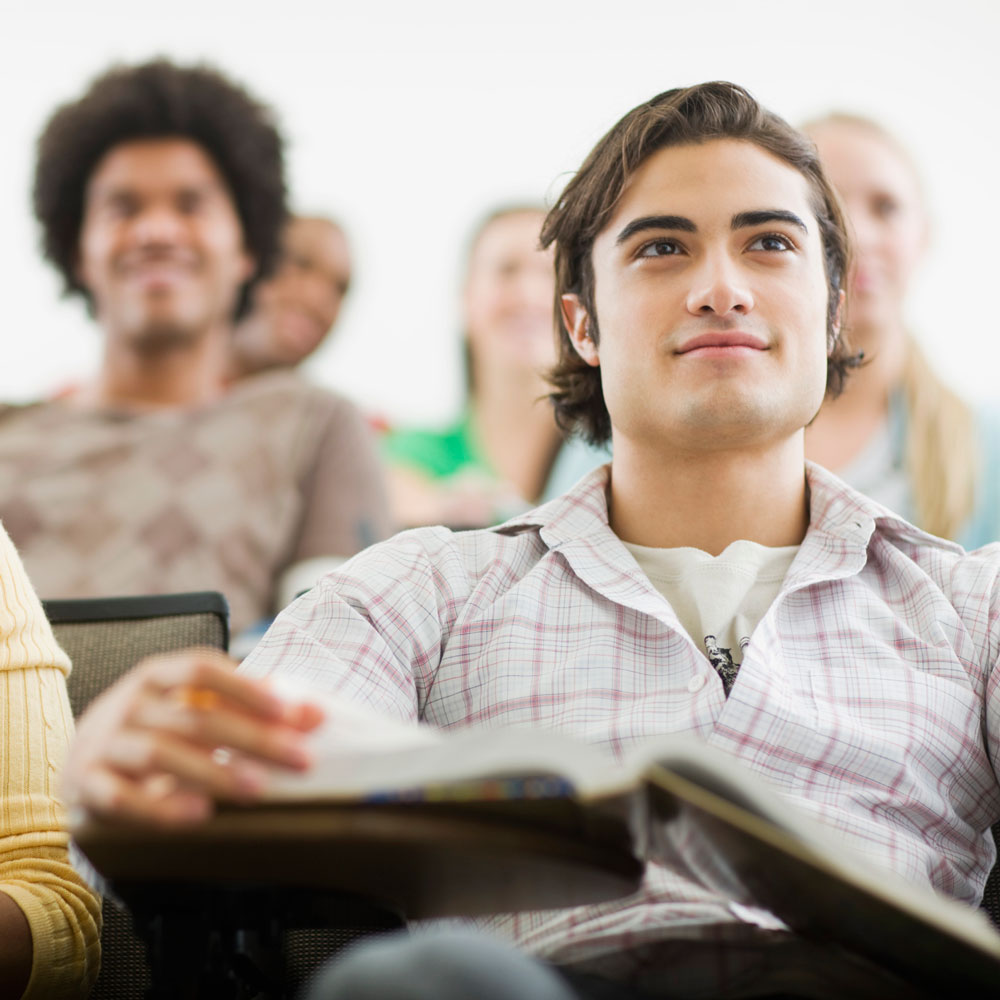
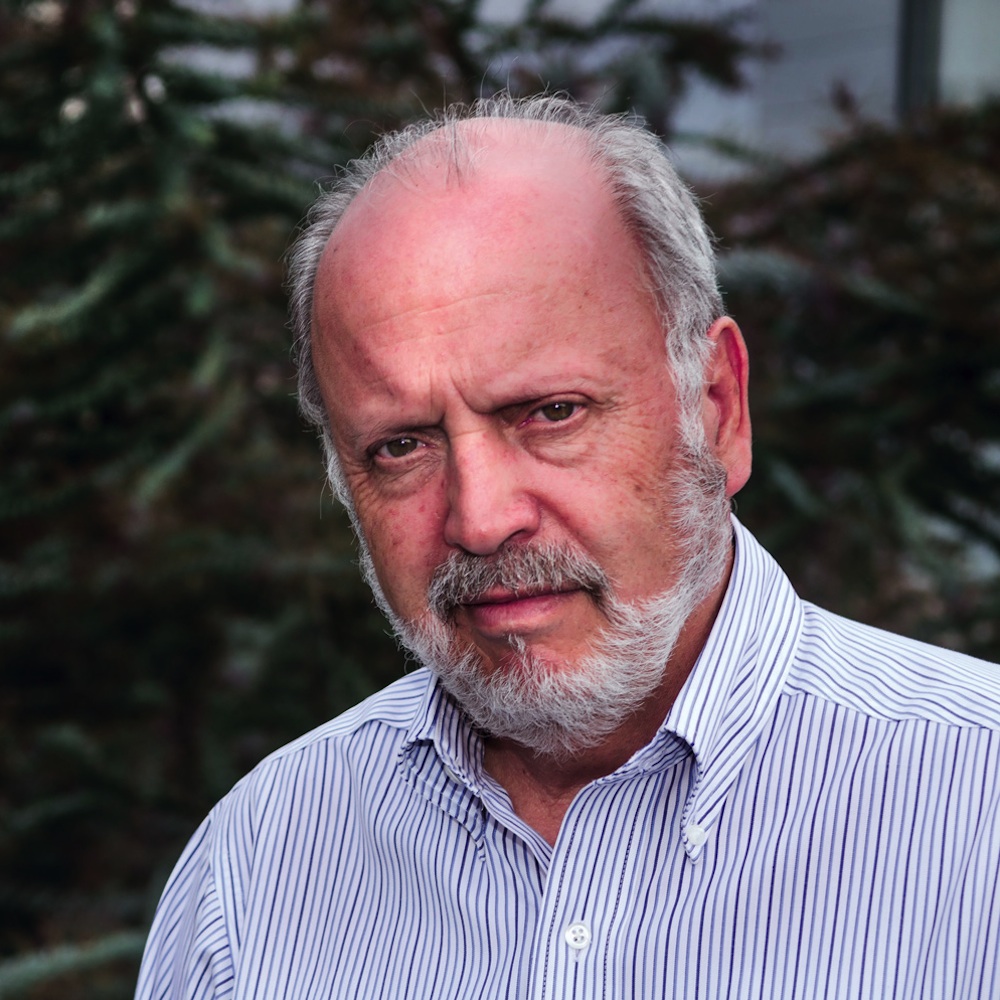
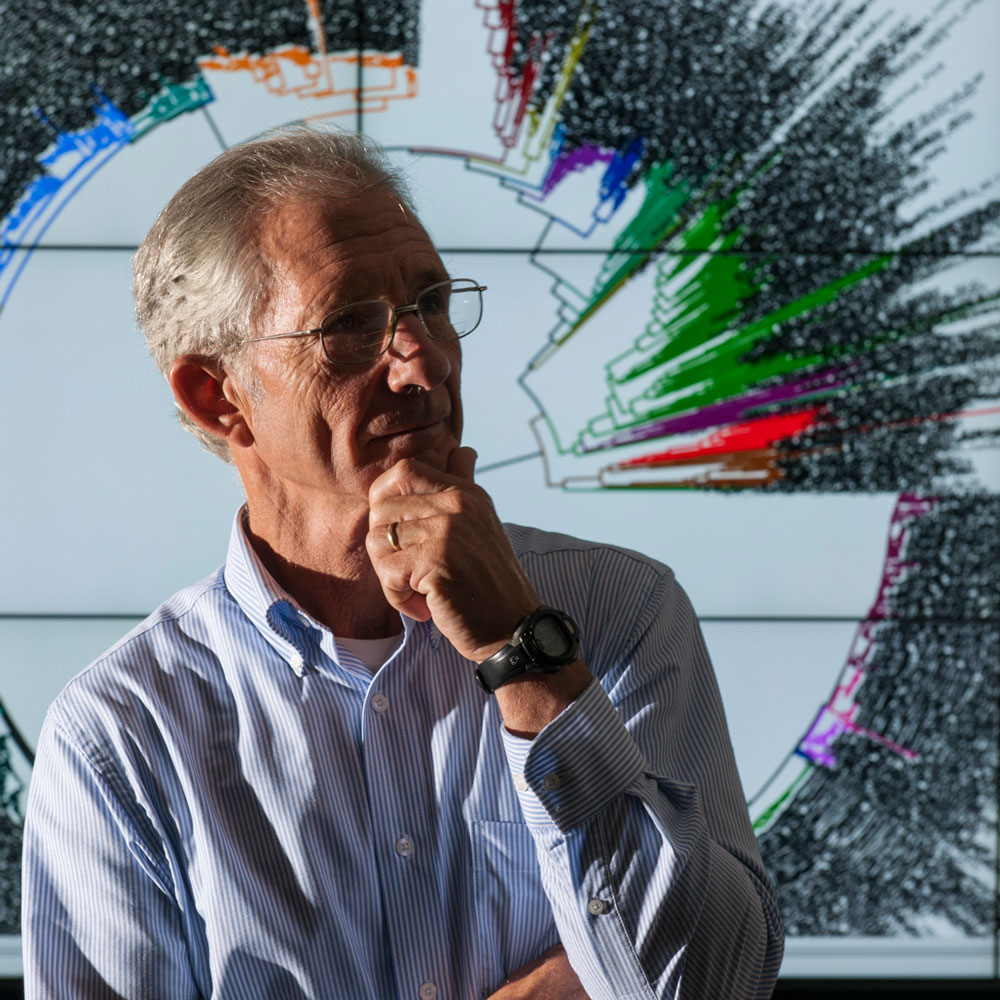
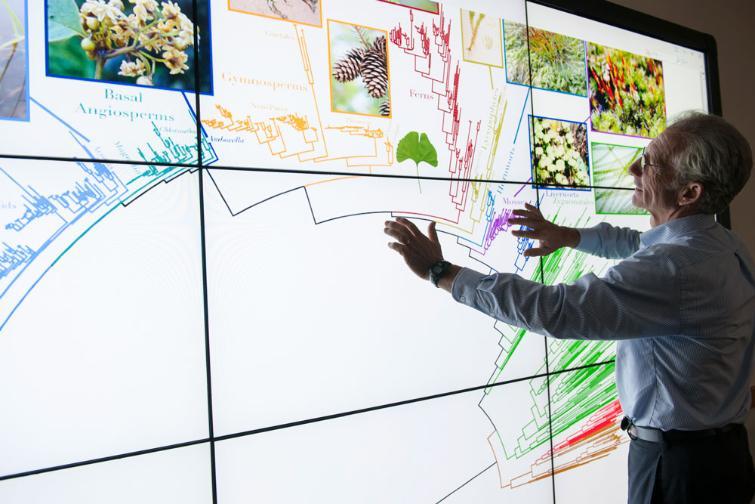 “There is nothing more foundational or important than knowing how organisms are related,” Soltis said. “For example, organisms respond in similar ways to climate change based on how they are related. So there is predictive power in the Tree of Life.”
“There is nothing more foundational or important than knowing how organisms are related,” Soltis said. “For example, organisms respond in similar ways to climate change based on how they are related. So there is predictive power in the Tree of Life.”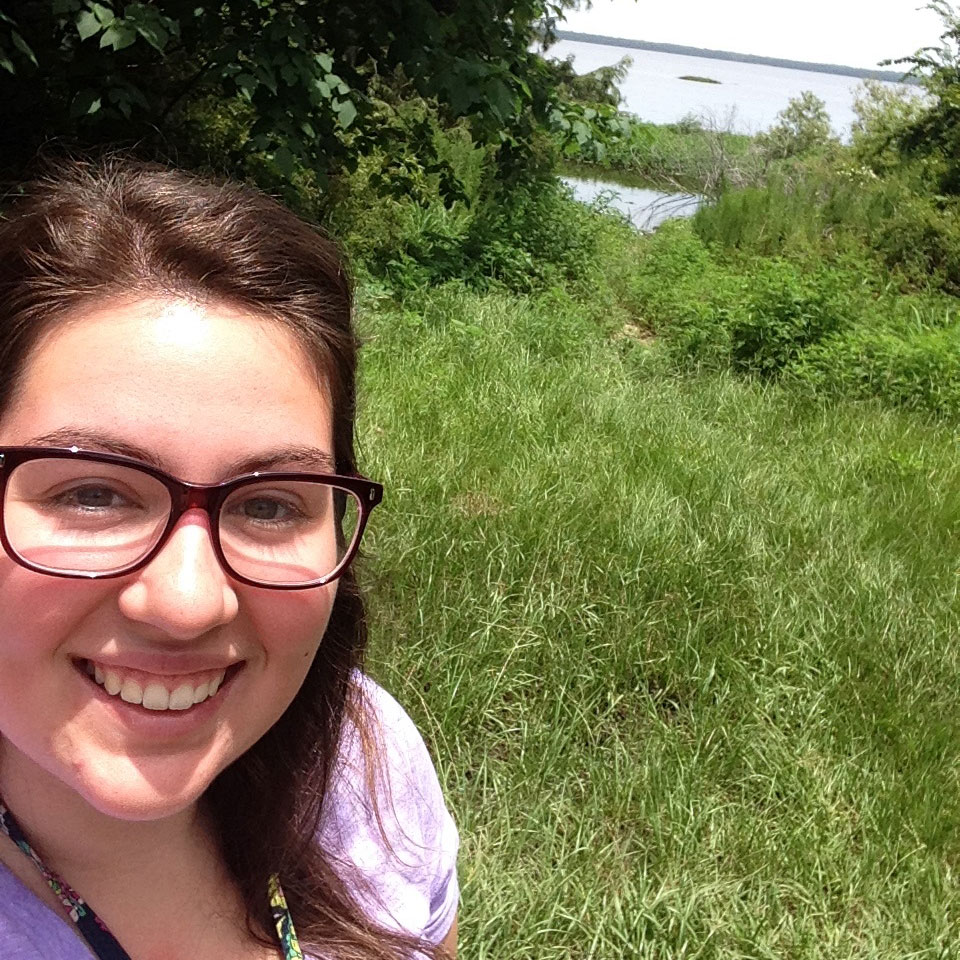

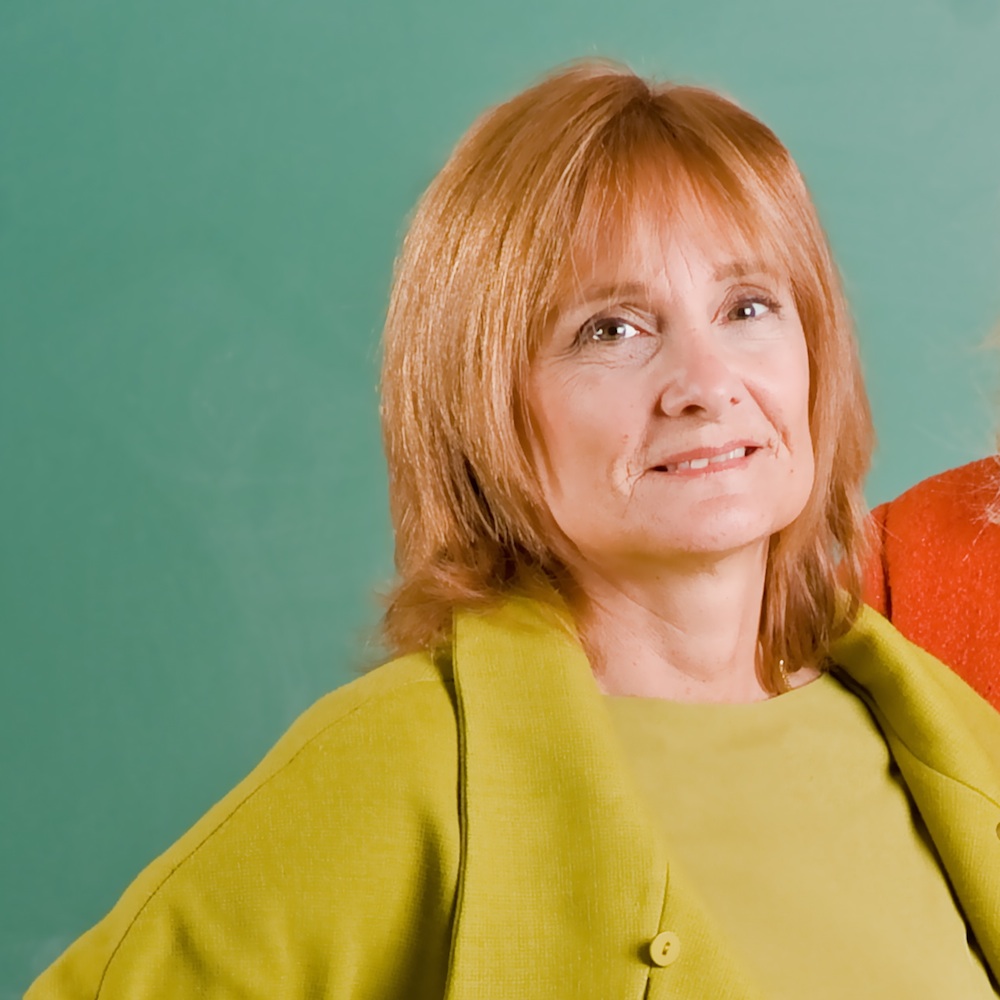

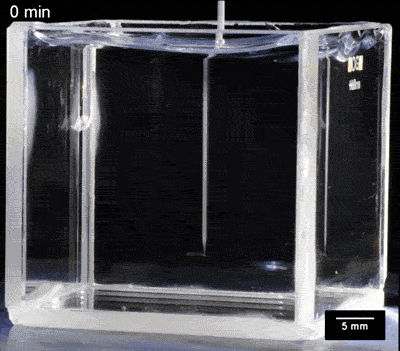 Angelini came up with the idea to use microscopic hydrogel particles as a medium for 3-D printing of soft matter. These particles are 99.8 percent water and 20 times smaller than the diameter of a human hair. He found that he could manufacture soft materials into shapes more fragile than anything found in nature, all with structural integrity. The discovery is reported today in a paper in the journal Science Advances.
Angelini came up with the idea to use microscopic hydrogel particles as a medium for 3-D printing of soft matter. These particles are 99.8 percent water and 20 times smaller than the diameter of a human hair. He found that he could manufacture soft materials into shapes more fragile than anything found in nature, all with structural integrity. The discovery is reported today in a paper in the journal Science Advances. “What if I could print you a structure that never solidified but it still held into place? That’s a new idea. It’s no longer about solidification, it’s more about placing things in space and leaving them where you put them. They aren’t going to move,” said Angelini, who conducted the work using his National Science Foundation Early Career Development Award, NSF’s most prestigious award for promising junior faculty. “This level of control is the foundation of all manufacturing.”
“What if I could print you a structure that never solidified but it still held into place? That’s a new idea. It’s no longer about solidification, it’s more about placing things in space and leaving them where you put them. They aren’t going to move,” said Angelini, who conducted the work using his National Science Foundation Early Career Development Award, NSF’s most prestigious award for promising junior faculty. “This level of control is the foundation of all manufacturing.”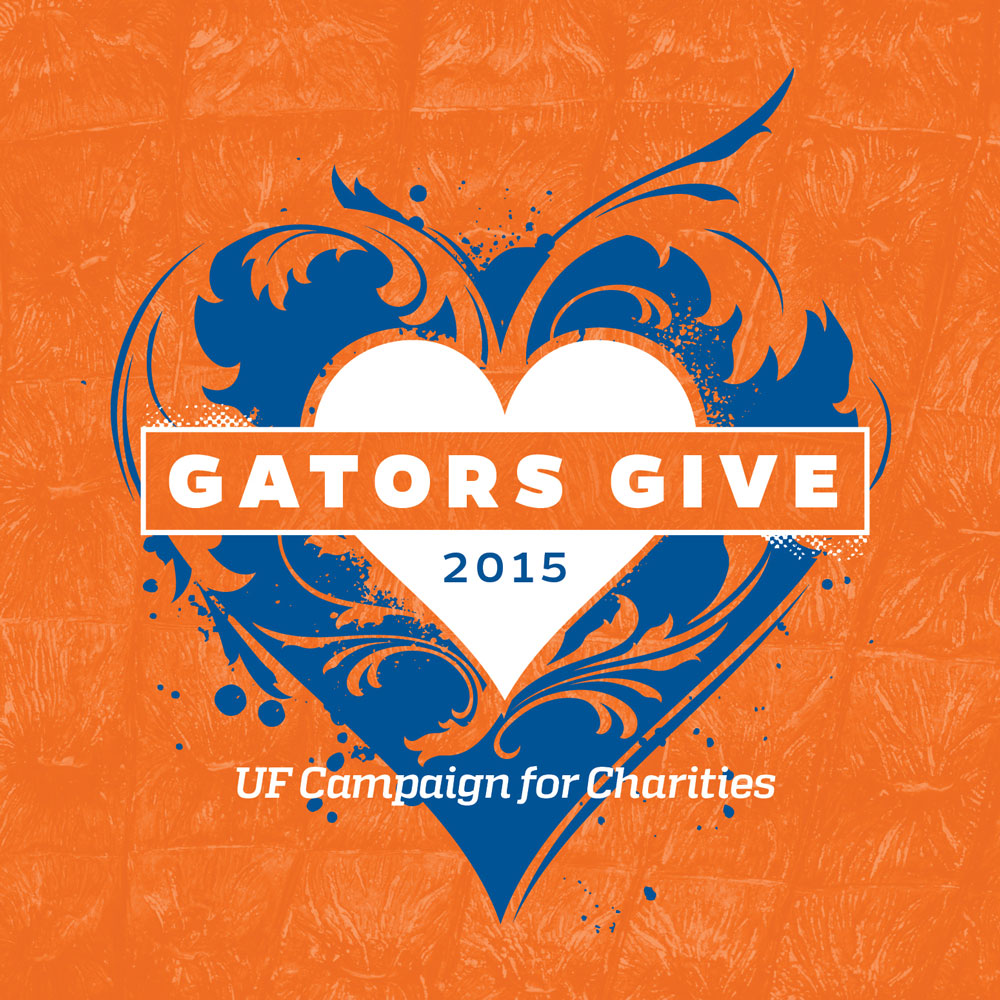

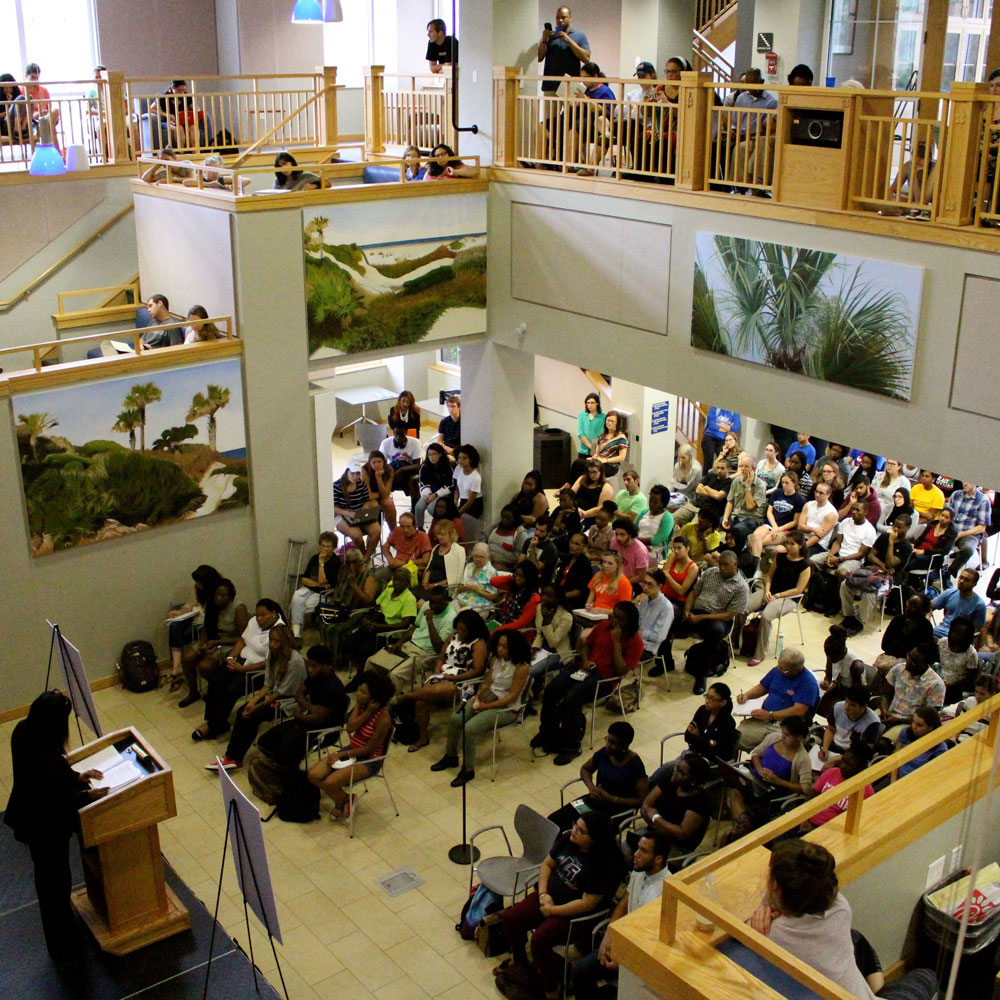
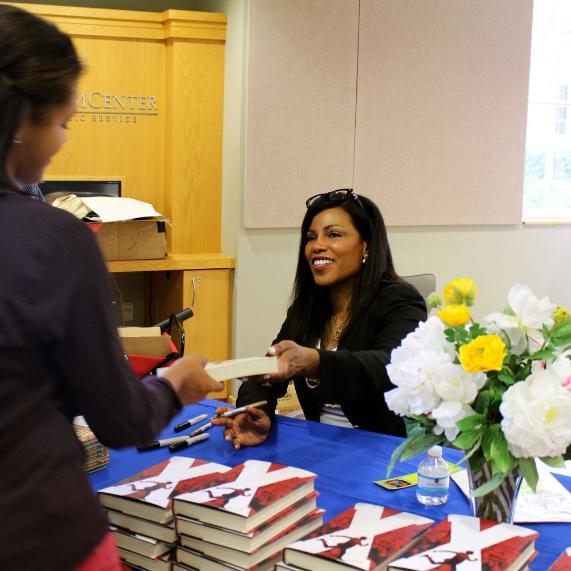 Her advocacy for education, self-empowerment, uplifting the younger generation, and equality for women became apparent as the underlying theme of her speech. Shabazz even paused to encourage the men in the crowd to give a round of applause to their “sisters” saying that “When you teach a woman, you empower a nation.”
Her advocacy for education, self-empowerment, uplifting the younger generation, and equality for women became apparent as the underlying theme of her speech. Shabazz even paused to encourage the men in the crowd to give a round of applause to their “sisters” saying that “When you teach a woman, you empower a nation.”
